Überblick
In many regions of Eurasia the 2nd half of the 2nd millennium BC sees the reorganisation of permanently settled communities after a long epoch of mobile lifestyles. Symbol of this transformation is an architecture built of stone and the re-emergences of permanent villages. Since 2006 investigations started in a newly discovered cultural-landscape situated in the high mountains of the North Caucasus near the spa Kislovodsk, that revealed some of the most impressive monuments of Late Bronze Age architecture.
More than 200 settlements and over 60 other types of sites have been studied during the last years. The majority of sites share similar characters: their size is about 1 hectare and double-roomed houses form rings around an open space. All settlements are situated above 1400 m asl within open, flat landscapes and easy distance to water sources.
Remote sensing and field-surveys allowed a precise localisation and detailed documentation of these sites. For data management an archaeological geoinformation-system was developed. Applying innovative new soil-analysis focusing on soil micro-organisms, magnetometry and targeted excavations it was possible to differentiate specific activity areas within the sites and inside the houses. A multi-functional house-type that included areas for winter-stabeling of animals is at the basis of the reconstruction of one of the oldest systems of combined mountain agriculture in the Old World. This permits entirely new insights into the social and economic basis of the communities during the formation of Late Bronze Age society. The wealthy and blooming Koban Culture of the following Early Iron Age (1st millennium BC) thus received a cultural foundation, that was entirely unexpected.

